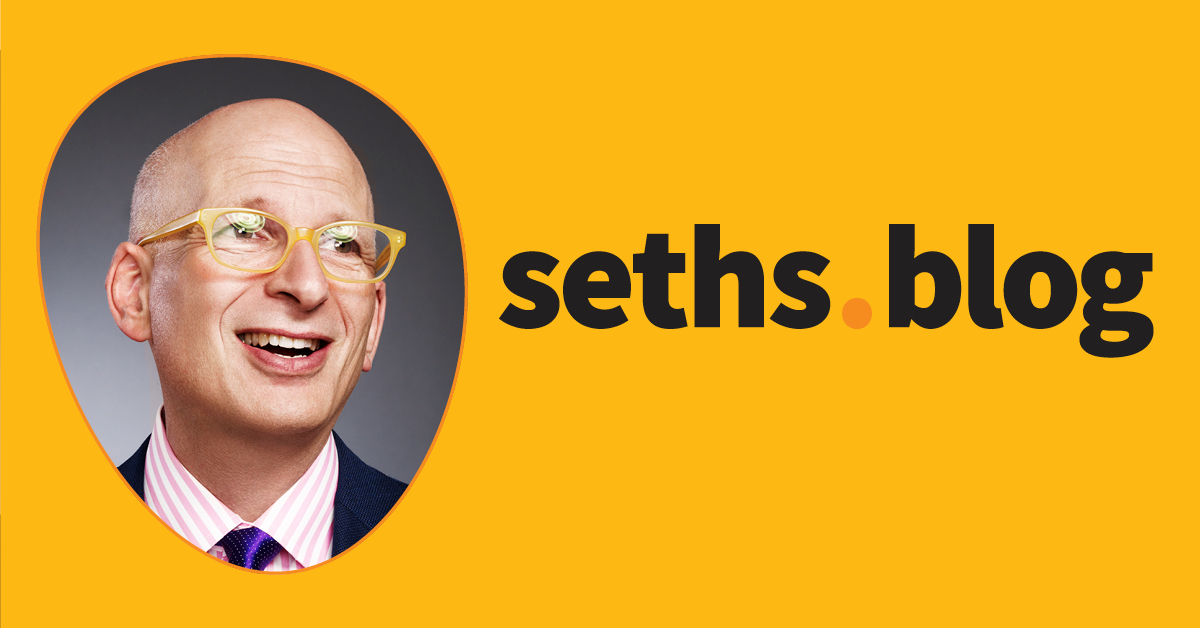Nothing to ad - 4 minutes read

A recent discussion about the challenges of direct-to-consumer marketing of a skincare product ended with one participant describing the hard part with, “nothing to ad.”
She was referring to how much the thread had covered, but the pun wasn’t lost on us.
Social media offered an irresistible promise to many folks who are looking to do “marketing”:
A business begins with the assertion that if they can get a committed new customer to start buying a high-margin product it would be worth at least $50 to them.
If it’s worth $50 to get someone to click over to your site, a social media site or search engine offers to sell that click for $40!
Buy as many clicks as you can, and you can grow your business.
Of course, this is a really good deal for the social media sites. They do very little and keep almost all the profit.
But competitive pressures make the really good deal into one that it’s hard for a company to live with. Now, instead of $40 to get a click, it costs $50 or $60 or $80. DTC companies end up raising baskets of money and spending just about all of it on social media and online ads, payments to influencers, etc, losing money on every customer.
Once committed, they’re open to trying just about anything. They listen to wise (but actually making-stuff-up) sales reps and consultants about what time to post, whether to use photos, color photos, testimonials, paid influencers, free samples and more. “Oh, you tried to scale your buy too fast, the algorithm can tell…” and all sorts of black box thinking that, from a distance, surely gives away the con of separating a hardworking brand manager from the money they control.
We’ve seen this before, many times, and it almost never ends well. There’s not much to ad.
That’s because the fundamental strategy cannot thrive in a competitive environment. Someone will always be willing to outbid you for attention. Someone will always be willing to lose just a bit more money than you.
The path forward is very different.
Your (current) customers need to bring you your (new) customers.
It’s not ironic but it is edifying to realize that this is EXACTLY how every one of the media companies you’re paying ad money to grew. They grew with word of mouth, not the sorts of ads they’re selling.
Facebook or that influencer–they didn’t grow by running ads and selling subscriptions. They grew when their users felt that it was in their own selfish interests to bring them new users.
As long as your project is built around the misguided myth of “getting the word out” and promoting itself to strangers, you will struggle. Someone always wins the spend-money-on-DTC-promo game, but it probably won’t be you. It’s simply a lottery where one of the spenders hits a magical level of critical mass and becomes buzzy. For the rest of us, there’s only the glorious work of creating a product and a situation that people think is worth talking about. It’s hard, it has dead ends, but it’s the work.
The formulaic attraction of category + money + media consultant = home run is a problem precisely because it’s a formula.
People don’t talk about your product or service because you have a gimmick or hype or because they care about you or even because a thoughtful analysis shows that it has the best features and price performance. They talk about it because they believe it’s good for their status, their affiliation with people they care about or their frame of mind.
[I wrote about this twenty years ago in Purple Cow, but people still look for the shortcut of ads, which is rarely a shortcut. And the conversation that inspired this post happened in the Purple Space.]
October 5, 2023
Source: Seths.blog
Powered by NewsAPI.org